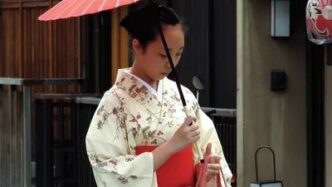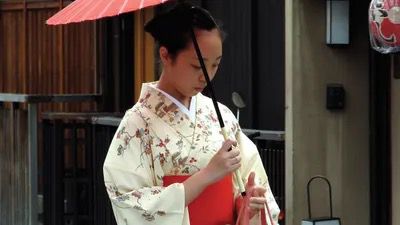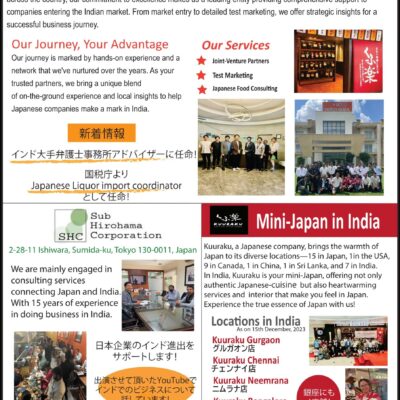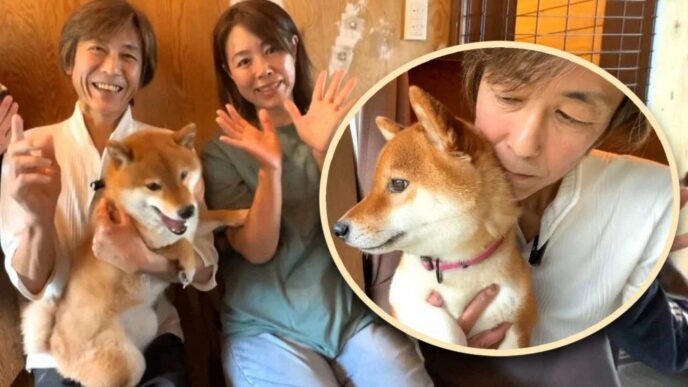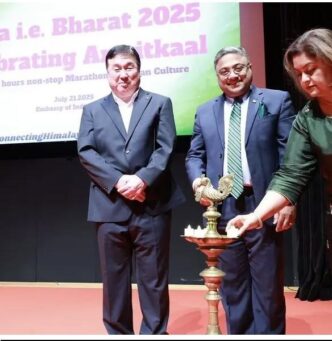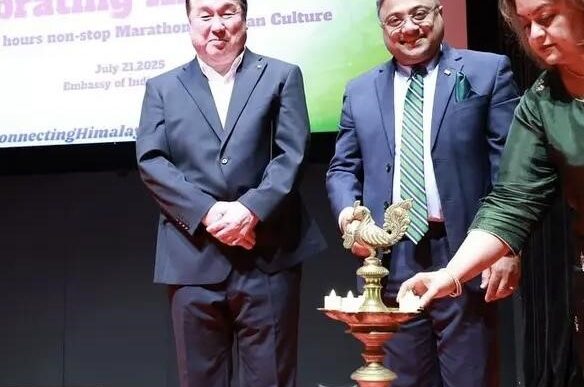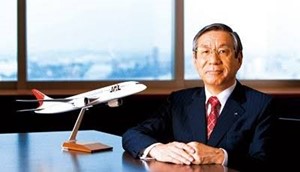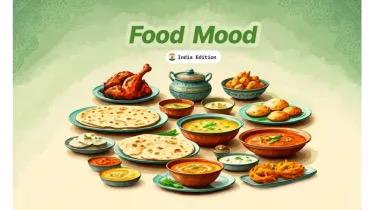Kyōto, once the imperial capital of Japan for over a millennium, continues to enchant the world with its quiet dignity, rich traditions, and unmatched cultural depth. From silk weaving to sacred temples, and from tech innovations to historical festivals, the city blends the old with the new like no other.
People and Identity: A City of Diversity and Heritage
Though steeped in tradition, Kyōto is home to a diverse population. Among its long-time residents are sizable Korean and Chinese communities, as well as a growing number of American expatriates. Many Koreans were brought during World War II, and their legacy continues today in Kyōto’s multicultural identity.
At the same time, a long-standing social challenge remains—the integration of the burakumin, a historical outcaste group that still faces stigma despite the abolishment of discriminatory laws in 1969. Kyōto, along with Ōsaka and Kōbe, continues to seek ways to uplift these marginalized communities.
Economy: Tradition Meets Technology
Kyōto’s economy thrives on a unique fusion of its heritage and high-tech progress. The city is home to thousands of small and medium-sized family-run businesses, many dedicated to crafting traditional Japanese goods—hand fans, lacquerware, dolls, and Buddhist altar fittings. Silk weaving, particularly in the Nishijin district, continues to be a hallmark industry.
In the Fushimi district, the local water gives rise to some of Japan’s finest sake. Meanwhile, southern Kyōto has transformed into a hub for postwar industries producing ceramics, women’s garments, and medical instruments.
Since the 1980s, companies like Kyocera Corporation have positioned Kyōto as a key player in electronics, robotics, and computers. Yet like much of Japan, the city faced economic headwinds during the 1990s and early 21st century. Despite this, its unique economic identity remains intact—a vibrant blend of tradition and innovation.
Commerce and Culture Collide
While Kyōto remains a manufacturing hub for silk and textiles, its economy is largely consumer-driven. From the bustling department stores like Takashimaya to the elegant Gion and Pontocho entertainment districts, the city caters to both locals and the ever-growing tourist population.
Traditional ryōkan inns and modern hotels line the streets, welcoming visitors attending weddings, conventions, and sightseeing tours. In summer, platforms called yuka appear along the Kamo River, providing a nostalgic reminder of Kyōto’s theatrical roots in Kabuki and Noh performances.
Transport and Connectivity
Historically, Kyōto was a central stop on the Tōkaidō road, linking it to Edo (now Tokyo). Today, the city is connected by Japan’s signature Shinkansen bullet trains, offering swift links to cities like Ōsaka, Kōbe, Nara, and Nagoya.
While streetcars were phased out in the 1970s, Kyōto remains easily navigable via interurban rail lines and expressways, including the Meishin Expressway.
Governance and Education: A Legacy of Learning
Kyōto operates as both a city and a prefecture, each managed by elected officials. The city’s historical structure of neighbourhood-based schooling—pioneered after the Meiji Restoration—made it a forerunner in Japan’s educational reform.
Kyōto boasts over 40 higher education institutions with more than 100,000 students enrolled annually. The state-run Kyōto University, founded in 1897, is Japan’s second most prestigious university and a proud holder of numerous Nobel laureates—more than even Tokyo.
Private institutions like Dōshisha University, founded by the Western-educated Niijima Jō (Joseph Hardy Neesima), highlight the city’s openness to global learning. Religious institutions like Ryūkoku, Ōtani, and Hanazano further enrich Kyōto’s intellectual diversity.
A Living Cultural Treasure
If Tokyo is Japan’s commercial face, Kyōto is its soul. Over centuries, the city has preserved and nurtured the Japanese “spirit” through its arts, traditions, and religious institutions. Schools of tea ceremony (cha-no-yu) and flower arranging (ikebana) thrive alongside classical Noh, Kabuki, and Kyōgen theatre.
Kyōto is home to hundreds of designated national treasures and cultural assets, including temples, shrines, paintings, calligraphy, and sculpture. Many are publicly displayed at events or housed in institutions such as the Kyōto National Museum and the Municipal Museum of Art.
Even individuals have been honored as “living national treasures” for preserving ancient skills—highlighting the city’s living legacy of craftsmanship.
Celebrations that Time Cannot Forget
Kyōto’s calendar is filled with festivals, but three stand out for their cultural weight:
- Aoi Matsuri (May): A shrine parade steeped in tradition.
- Gion Matsuri (July): Dating back to the 9th century, this festival features 30+ lavish floats, some adorned with French Gobelin tapestries.
- Jidai Matsuri (October): A visual reenactment of Japan’s history through detailed period costumes.
These festivals are not just local events—they are national spectacles, attracting visitors from across the globe.
History: From Imperial Capital to Cultural Capital
Kyōto’s origins as a city date back to 794 AD, when it became the imperial capital, Heian-kyō. It was chosen to replace Nara due to Buddhist influence becoming politically overwhelming. Under the Fujiwara, Minamoto, and later the Ashikaga shogunate, Kyōto flourished, particularly during the Heian and Muromachi periods.
Despite devastation in the 16th century, Kyōto saw revival under Oda Nobunaga and Toyotomi Hideyoshi. The latter’s patronage of the arts helped establish Kyōto’s enduring cultural identity.
When the Tokugawa shogunate moved the political capital to Edo (Tokyo) in the early 1600s, Kyōto retained its ceremonial significance. The final turning point came in 1867, when the last shogun returned power to the emperor at Nijō Castle, ushering in the Meiji Restoration.
Though the Meiji Emperor relocated to Tokyo, Kyōto maintained its significance by becoming a major cultural and exhibition centre. Notably, U.S. Secretary of War Henry L. Stimson spared the city from bombing during World War II, preserving its irreplaceable heritage.
Kyōto Today: Timeless Yet Transforming
Modern Kyōto stands as a rare blend of ancient traditions and cutting-edge innovation. Its quiet lanes, bamboo forests, temples, and seasonal festivals coexist with bustling academic life and high-tech industries.
Kyōto is not just a city; it’s a living museum, a sacred space, and a national treasure in itself. In the hearts of Japanese people—and increasingly, the eyes of the world—it represents what is eternal, elegant, and essentially Japanese.
From the spiritual peaks of Mount Hiei to the silken threads of Nishijin, Kyōto continues to stitch its legacy into the fabric of time.
Source:https://www.britannica.com/place/Kyoto-Japan/The-people
